MANUFACTURA’s eggshell project transforms organic waste into a sustainable building material made from 3D printed eggshells.
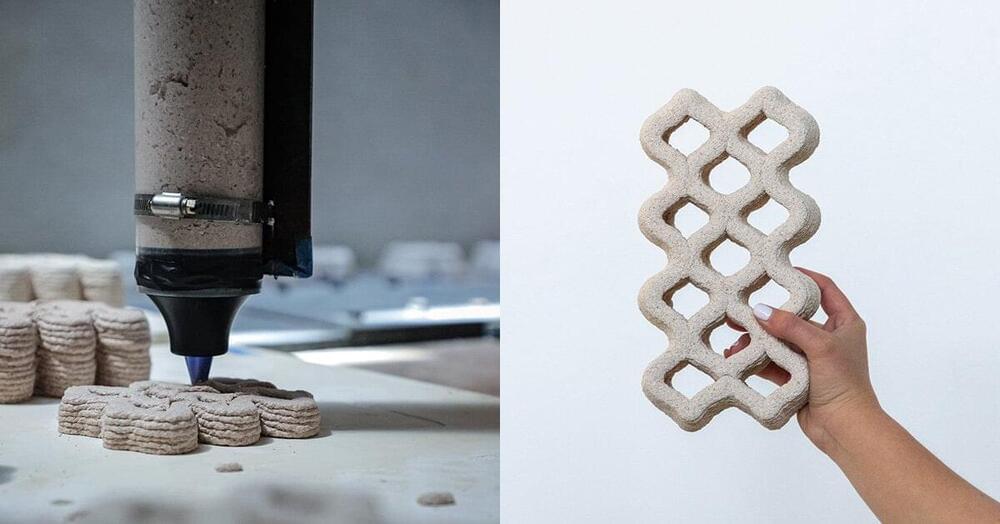

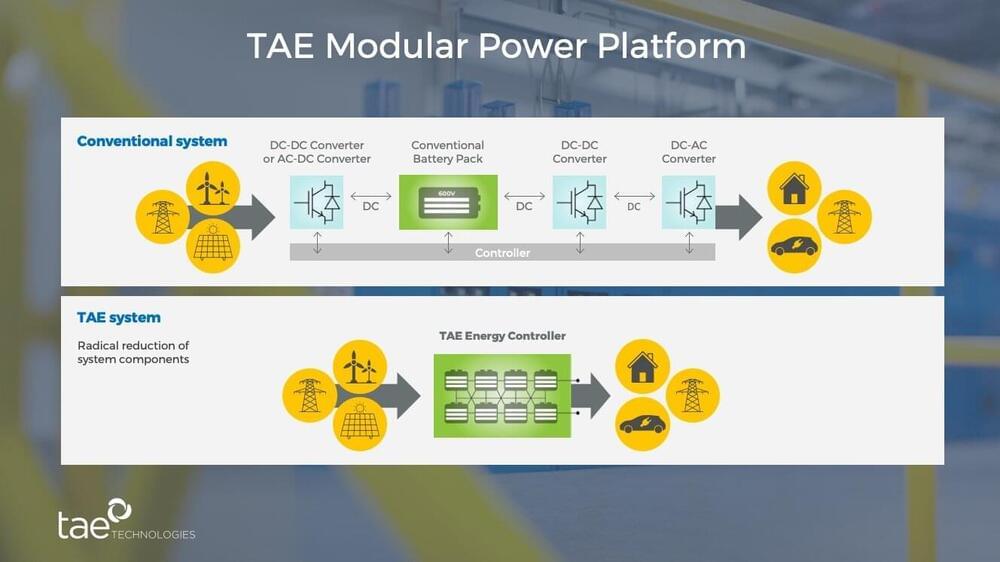
As fusion developers around the world race to commercialize fusion energy, TAE Technologies has pioneered the pursuit of the cleanest and most economical path to providing electricity with hydrogen-boron (also known as p-B11 or p11 B), an abundant, environmentally sound fuel. Today the company is announcing, in collaboration with Japan’s National Institute for Fusion Science (NIFS), a noteworthy research advancement: the first-ever hydrogen-boron fusion experiments in a magnetically confined fusion plasma.
In a paper published by Nature Communications, scientists explain the outcome of the nuclear fusion reaction of hydrogen-boron in an experiment in NIFS’ Large Helical Device (LHD). This paper describes the experimental work of producing the conditions necessary for hydrogen-boron fusion in the LHD plasma and TAE’s development of a detector to make measurements of the hydrogen-boron reaction products: helium nuclei, known as alpha particles.
The finding reflects years of collaborative international scientific fusion research, and represents a milestone in TAE’s mission to develop commercial fusion power with hydrogen-boron, the cleanest, most cost-competitive, and most sustainable fuel cycle for fusion.
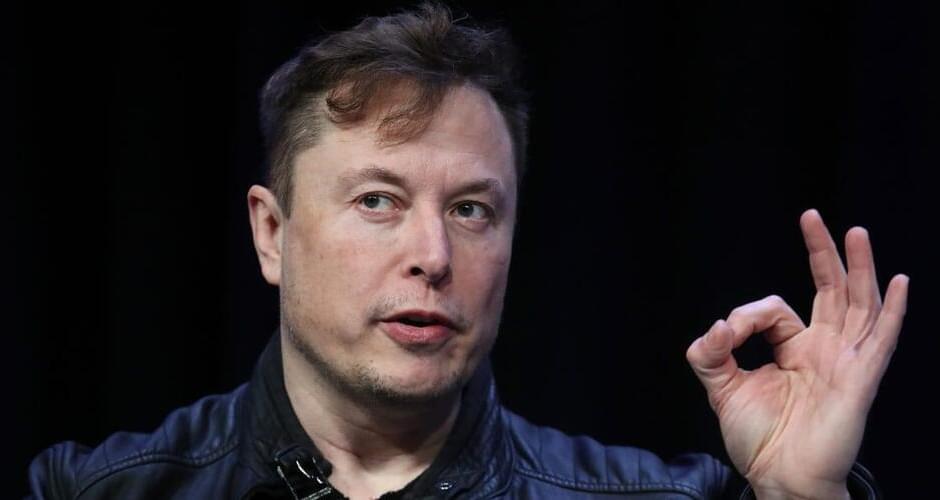
The company also showcased other executives, which could alleviate concern that Musk has been too distracted by his other business ventures. They also talked about “meat and potato” topics like cutting costs, improving margins, and EV-charging infrastructure.
The keys to winning the EV race will come down to product appeal, software or user interface, controlling cost, and consistent execution, he said.
“And Tesla right now is one generation ahead of the other automakers,” Fields said, though rivals like Ford and Hyundai are making a lot of progress. “Tesla still has the leg-up on the competition, and I think they demonstrated that yesterday.”
What if YOU were a type II person? Join us, and find out!
Subscribe ► https://wmojo.com/unveiled-subscribe.
In this video, Unveiled takes a closer look at everyday life in a type two civilization! Following the Kardashev Scale, humans hope to achieve type two in the near future… and EVERYTHING will change when we do!
This is Unveiled, giving you incredible answers to extraordinary questions!
Find more amazing videos for your curiosity here:
6 Scientific Breakthroughs Predicted For Your Lifetime — https://youtu.be/wGKj-3AfxdE
Did Scientists Just Discover a Theory of Everything? — https://youtu.be/nGUWJYVCsp4
0:00 Intro.
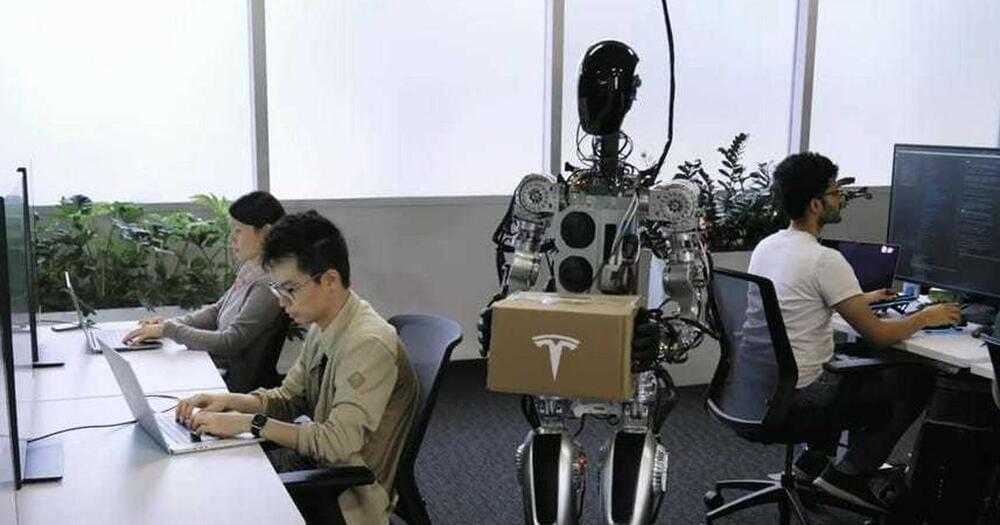
“You could sort of see a home use for robots, certainly industrial uses for robots, humanoid robots,” he said.
Musk’s musings about AI came during Tesla’s first-ever Investor Day presentation, which was held at the carmaker’s Austin, Texas, Gigafactory.
During the presentation, Musk showed an updated video of the company’s “Optimus” robot prototype, which Musk said he aims to use in Tesla factories and sell to the public.
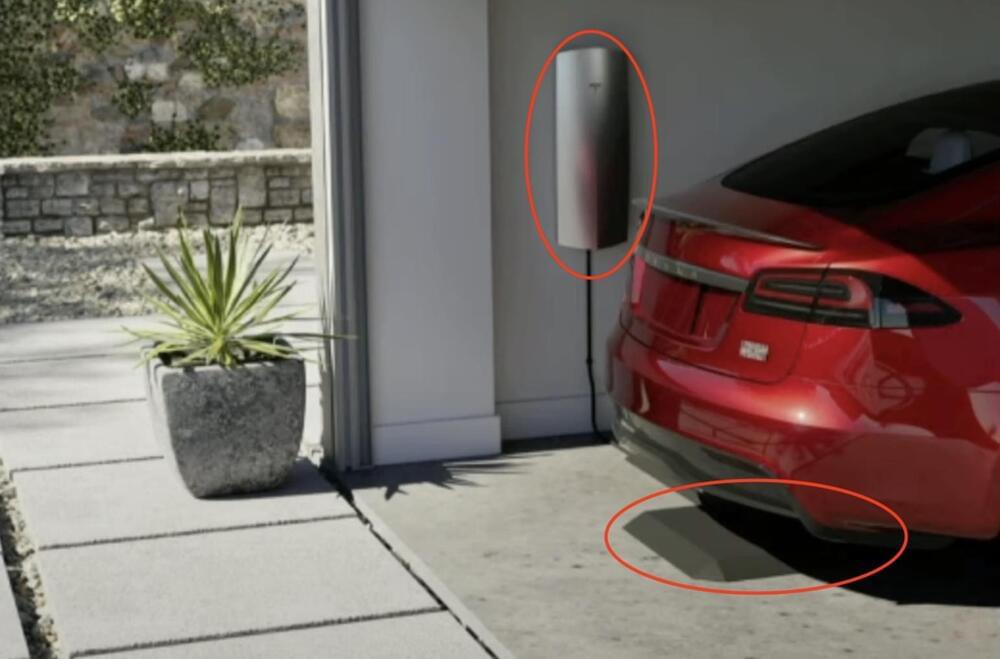
The photo showed the rear end of a red Tesla Model S parked in a home garage. A rather large Tesla home charger could be seen on a wall, but it did not seem to be plugged into the all-electric flagship sedan directly at all. Instead, the Model S was parked over what looked like a wireless charging pad. This promptly fueled speculations that Tesla may be looking to roll out a wireless charging system, at least for residential customers, in the future.
A wireless charging system for Teslas would be nothing short of a game-changer. The company’s Supercharger Network already changed the game thanks to its ease of use and convenience. But even manually plugging in a Tesla to a charger is less convenient than just parking over a charging pad. Of course, there are some notable disadvantages to wireless charging, such as slower charging speeds. But if Tesla can figure out a way to roll out a wireless charging system with at least a decent charging rate, the company’s vehicles would likely become even more attractive to consumers.
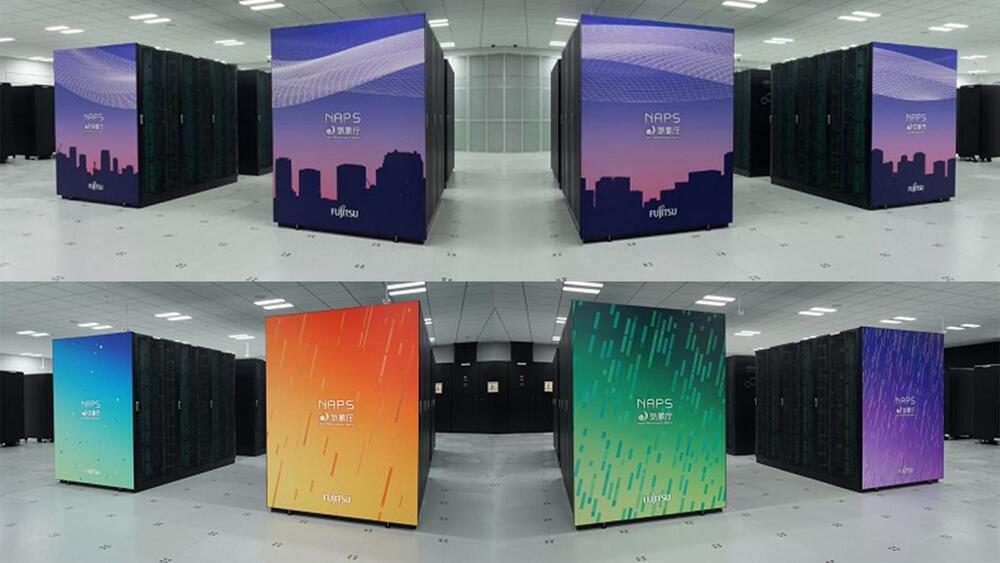
The new supercomputer system can predict the occurrence of linear rainbands, which are clouds that trigger heavy rain, leading to natural disasters.
Trust Japan to get a supercomputer to predict heavy rain and other natural disasters like landslides and flooding.
Japan has always had to deal with natural disasters as the island is located along an area where several tectonic plates meet. The country is highly vulnerable to natural disasters such as earthquakes, tsunamis, and natural disasters. These have only been exacerbated due to climate change.
It took a while, but better late than never.
Tesla has now begun to provide non-Tesla electric vehicle owners in the U.S. with access to some Supercharger stations and has also explained how the stations work, Electrek.
The Superchargers stations are outfitted with an integrated CCS adapter that works with non-Tesla EVs. However, the stations are not available on the app. Nor have the owners of electric vehicles been onboarded.
Tesla is expanding production capacity of power electronics components that convert alternating current to direct current, charging cabinets, posts, and cables.
Tesla.
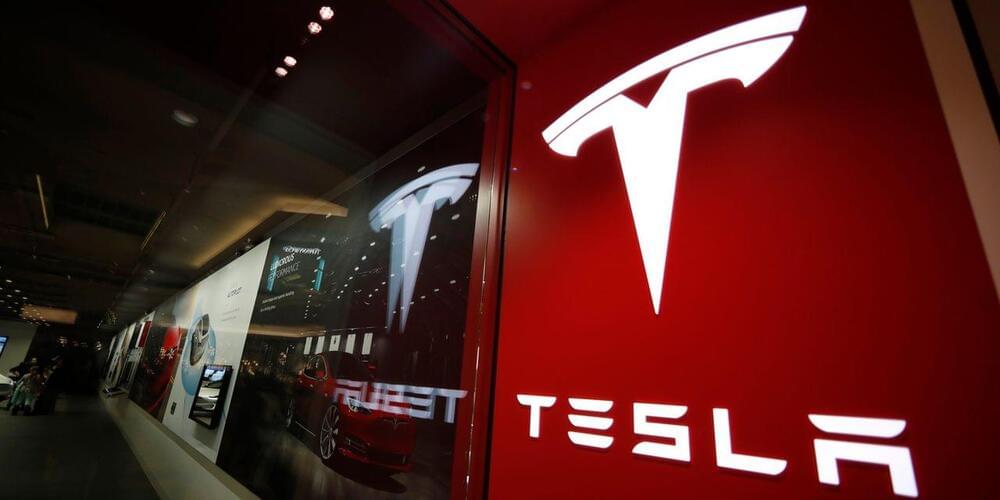
Electric-car maker Tesla Inc. plans to build a manufacturing plant in the northern Mexican industrial hub of Monterrey, President Andrés Manuel López Obrador said Tuesday.
Mr. López Obrador, who spoke several times in recent days with Tesla Chief Executive Elon Musk, added at his morning press conference that details of the investment would be made known Wednesday.
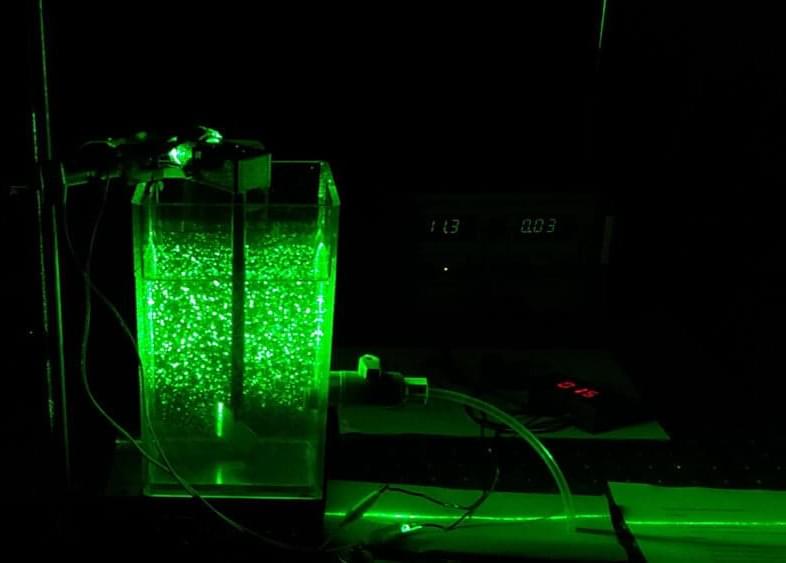
Water is a vital resource, and clean water is a necessity. Texas A&M University researchers have developed a new technique to monitor one of the key processes of purifying water in real time.
Raw water contains microscopic pathogens that are too small to remove during water and wastewater treatment easily. Chemicals are added to form large clumps called flocs, which are easily filtered out. Flocculation is the process used in water treatment to remove suspended particles from the water.
“Coagulant chemicals need to be added to purify drinking water and remove turbidity (cloudiness) and microbes that are too small to be visible to the naked eye,” said Dr. Kuang-An Chang, professor in the Zachry Department of Civil and Environmental Engineering at Texas A&M.